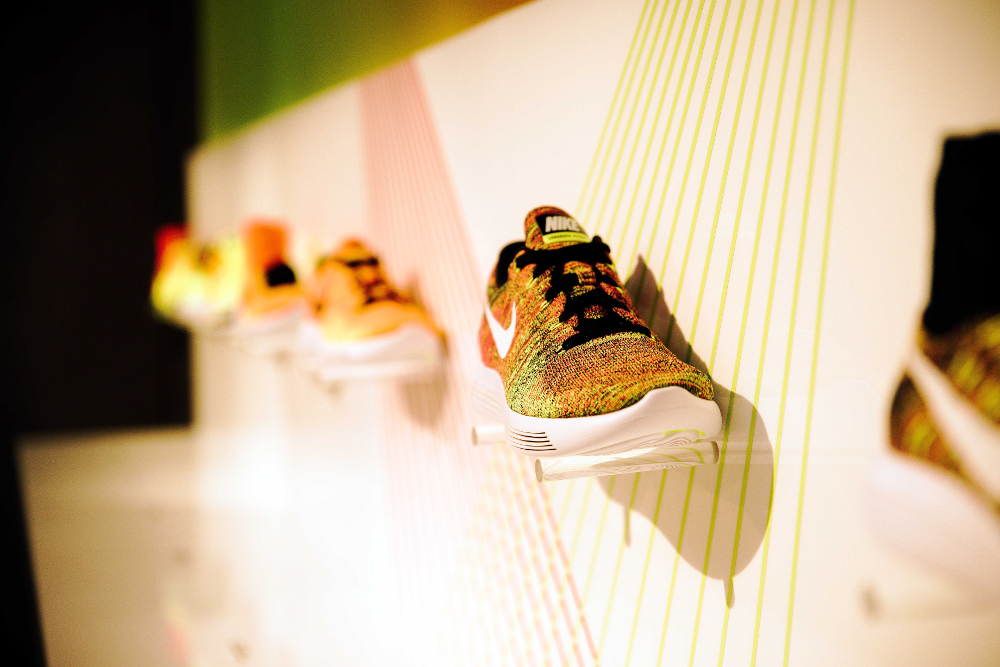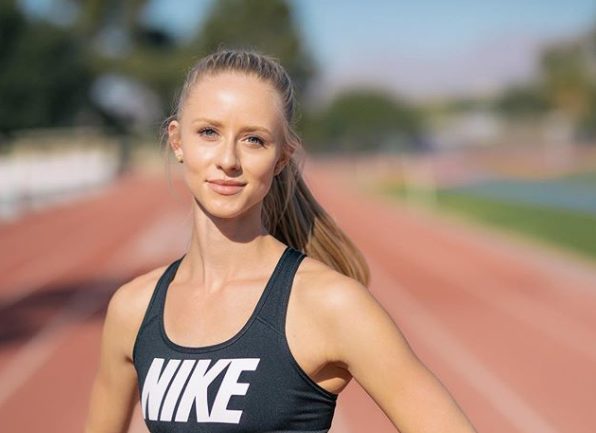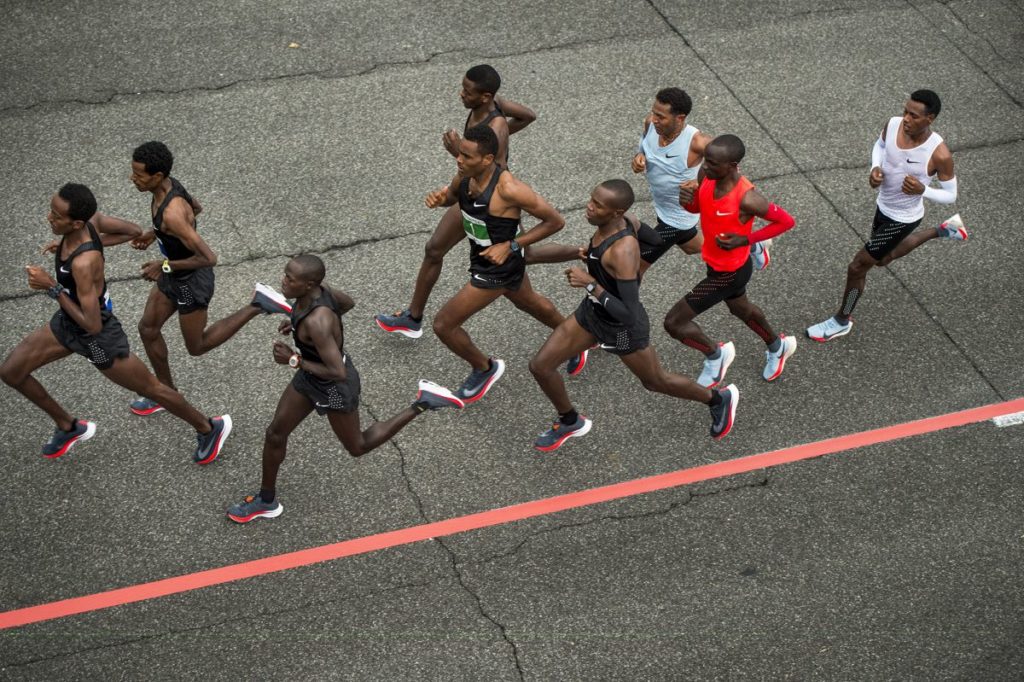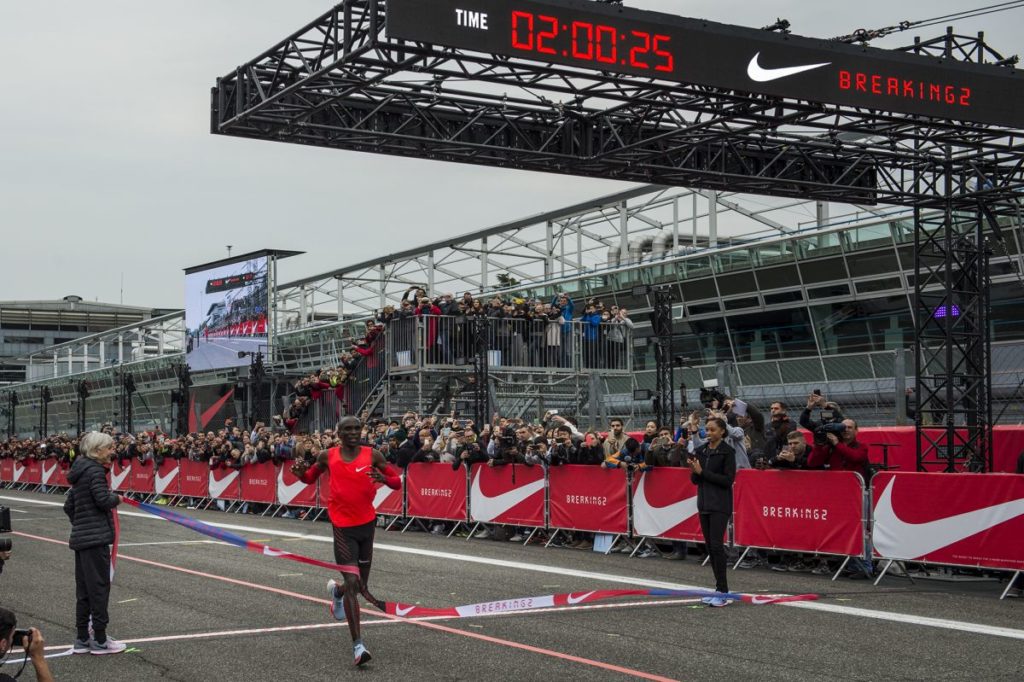Inside the Nike Sport Research Lab: how shoes actually get made
A look inside what goes into making your sneakers

Nike has been making running shoes since 1964. Since the beginning they’ve improved upon old models so that each shoe is better than its predecessor. Part of that process is the Nike Sport Research Lab, where thousands of athletes, both professional and recreational, go every year to be assessed and have testing done on their movement patterns.

This process allows athletes and runners to learn more about their own bodies and also allows Nike to use their findings to make shoes that fit athletes’ needs.
RELATED: Nike to air “Dream Crazier” spot during Oscar broadcast
Step 1 – Footscanner
The runner will stand barefoot on a glass scanner which can measure everything about their foot. The scanner allows the company to obtain a 3D footprint which measures so much more than length and width. This machine allows the company to see arch and toe shape, which can’t be obtained with traditional foot-measuring tools.

Step 2 – Foot pressure mat
Athletes walk across a mat three times. This mat shows foot pressure and foot strike, which allows Nike to understand how the foot works in motion. This helps drive footwear decisions such as cushioning and where flex zones are placed.
Step 3 – Ankle and Foot Range of Motion
An athlete will stand and move their ankle through three different positions. This movement shows their range of motion and is used to identify asymmetries, which can impact foot function and sport-specific movement patterns. These movements can identify what might put athletes at risk for lower leg injuries. The company says, “For example, in an athlete with hypermobility following an injury to his big toe, footwear modifications may include stiffening the footbed to support and limit motion at that joint.”

RELATED: Laura Muir’s Nike spike prototypes spark controversy
Step 4 – Countermovement Jump
Next the athlete stands on a force plate and jumps as high as they can, three times. These jumps test three planes of motion, meaning forward and backward, side to side and vertical. These metrics are used to optimize cushioning, landing mechanics and joint range of motion during jumping and landing tasks.
Step 5 – Body Scan
This is exactly what it sounds like–a 360-degree body scan that produces a digital version of the athlete. This step is geared towards the apparel side of the business. With the data received from this scan, Nike uses their findings to ask questions like, “What does the average male marathon runner who wears a medium T-shirt look like?”


